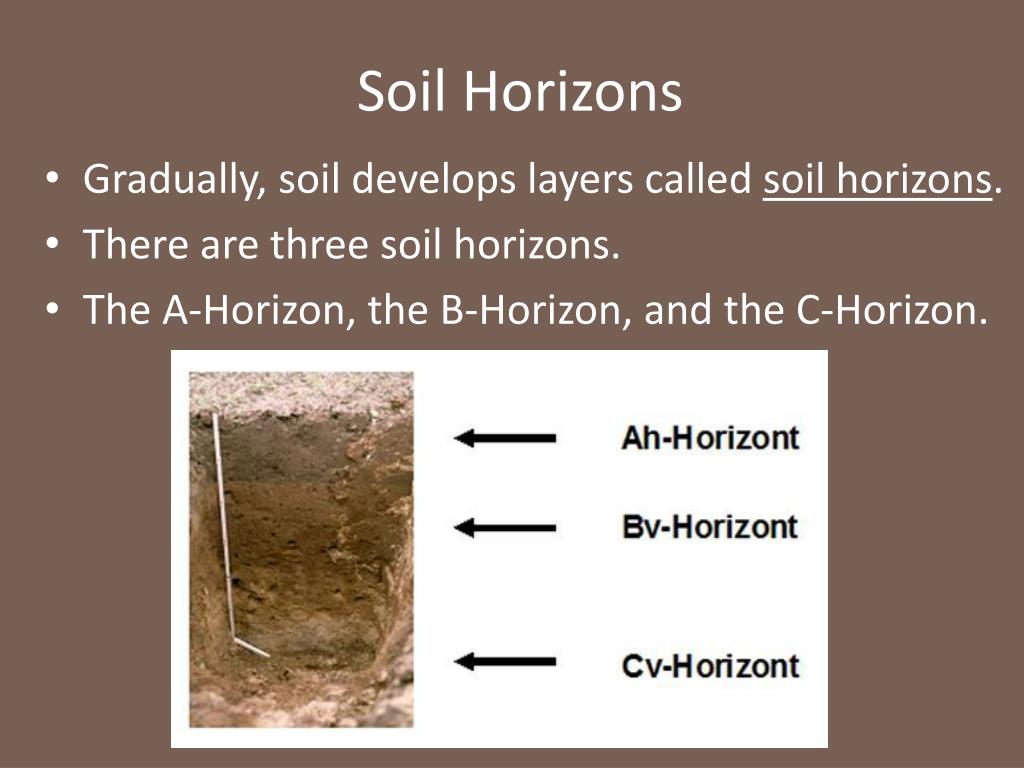
They are generated by the interaction of the crust of the earth with atmospheric and biological factors. Soils are porous, inorganic and organic matter-containing natural substances with a pore structure.According to this description, soil can be several hundred feet thick! Paleosols are ancient soils that have been buried and maintained beneath the surface, and they represent former climatic and environmental circumstances.In a broader sense, civil engineers use the term soil to refer to any unconsolidated (wet-soft) material that is not bedrock.In everyday usage, the term soil is sometimes limited to the dark topsoil in which seeds and vegetables are planted.The voids between mineral grains are filled with air and water in various quantities.The majority of soil is composed of minerals, but it also contains organic materials (humus) and live organisms.In agriculture and horticulture, soil often refers to the medium for plant growth, typically the uppermost metre or two of material.Various scientific disciplines have provided varying definitions of the term “soil.”.Wet well means a chamber in a pumping station, including a submersible pump station, where wastewater collects. The term includes all disposal methods described in this Circular. Wastewater treatment system or wastewater disposal system means a system that receives wastewater for purposes of treatment, storage, or disposal. Wastewater means water- carried waste including, but not limited to, household, commercial, or industrial wastes, chemicals, human excreta, or animal and vegetable matter in suspension or solution.

Waste segregation means a method by which human toilet waste is disposed of through composting, chemical, dehydrating, or incinerator treatment, with a separate disposal method for gray water. Uniform distribution is a means to distribute effluent into a pressure dosed absorption system or sand filter such that the difference in flow, measured in gallons per day per square foot, throughout the treatment system is less than 10 percent. Uniformity coefficient (UC) means the sieve size in millimeters (mm) that allows 60 percent of the material to pass (D60), divided by the sieve size in mm allowing 10 percent of the material to pass (D10), as determined by ASTM C 117-95 (UC=D60/D10). Transport pipe means the pipe leading from the septic tank or dose tank to the distribution box or manifold.

Total Suspended Solids ( TSS) means solids in wastewater that can be removed by standard filtering procedures in a laboratory and is reported as milligrams per liter (mg/L). Synthetic drainage fabric means a nonwoven drainage fabric with a minimum weight per square yard of 4 ounces, a water flow rate of 100 to 200 gallons per minute per square foot, and an apparent opening size equivalent to a No.

Surge tank means a watertight structure or container that is used to buffer flows. Soil texture means the amount of sand, silt, or clay measured separately in a soil mixture. Soil profile means a description of the soil strata to a depth of eight feet using the United States Department of Agriculture ( USDA) soil classification system method in Appendix B.


 0 kommentar(er)
0 kommentar(er)
